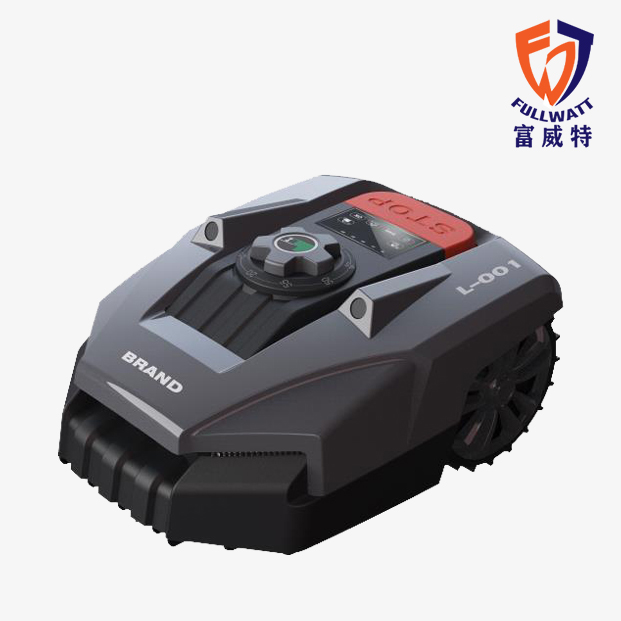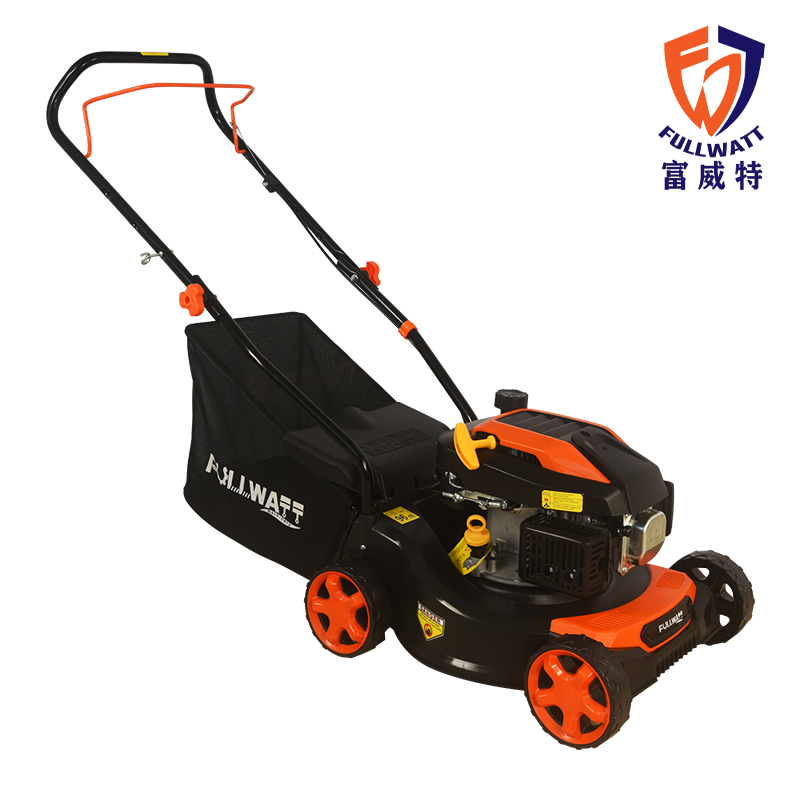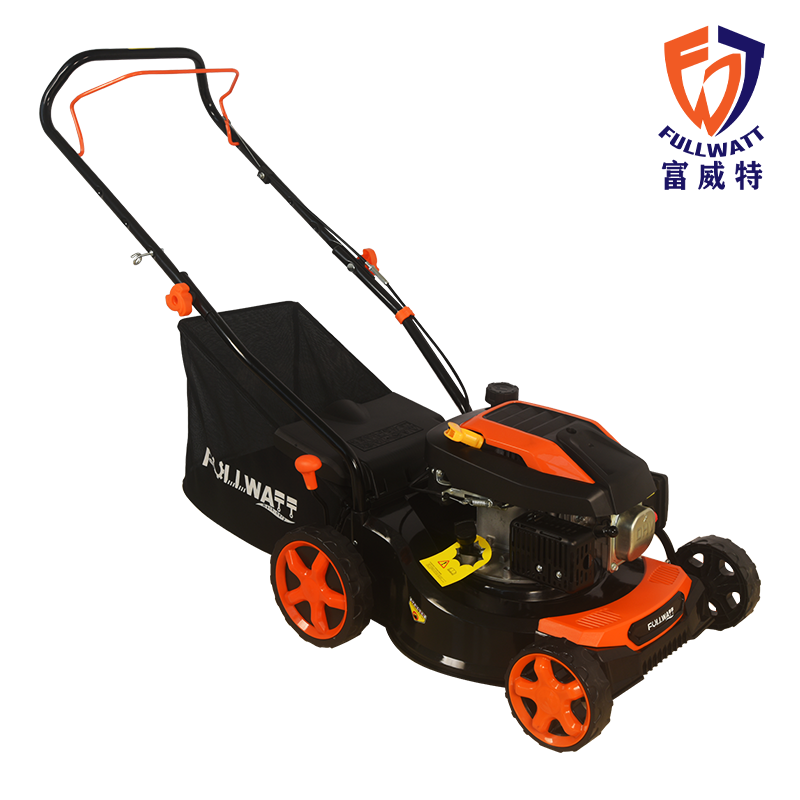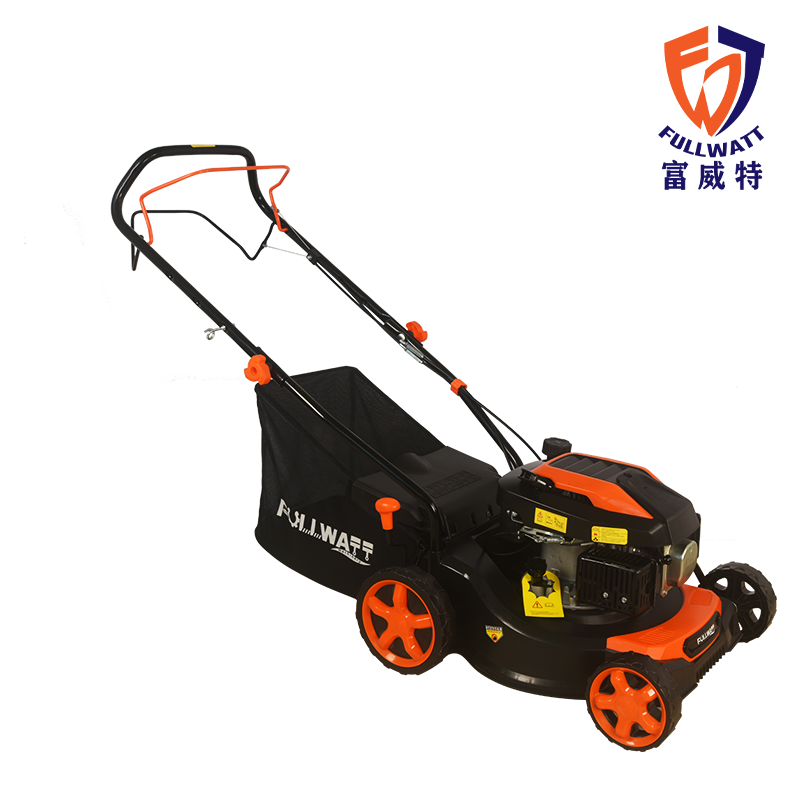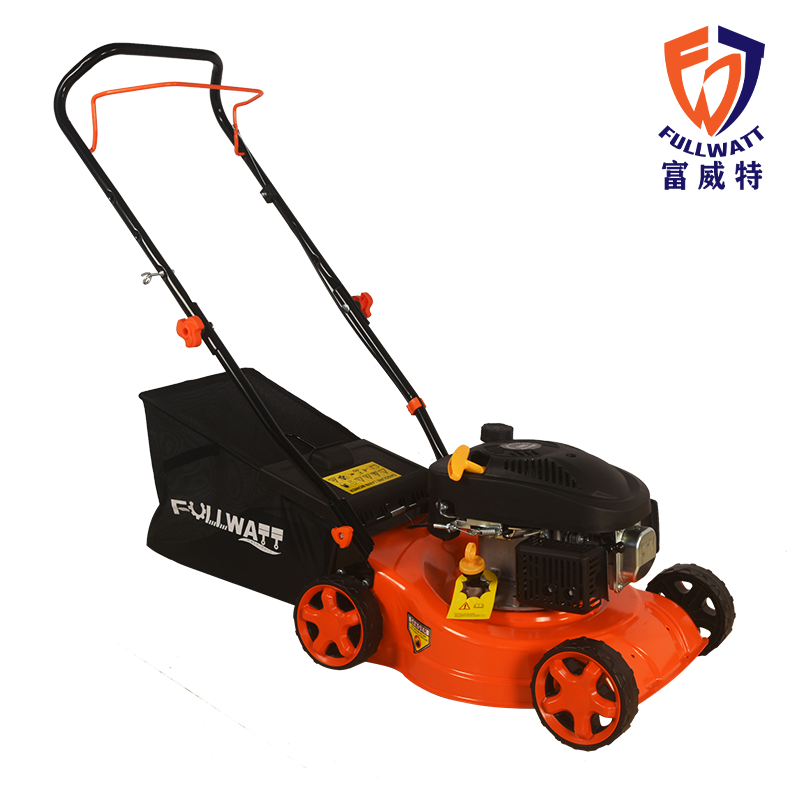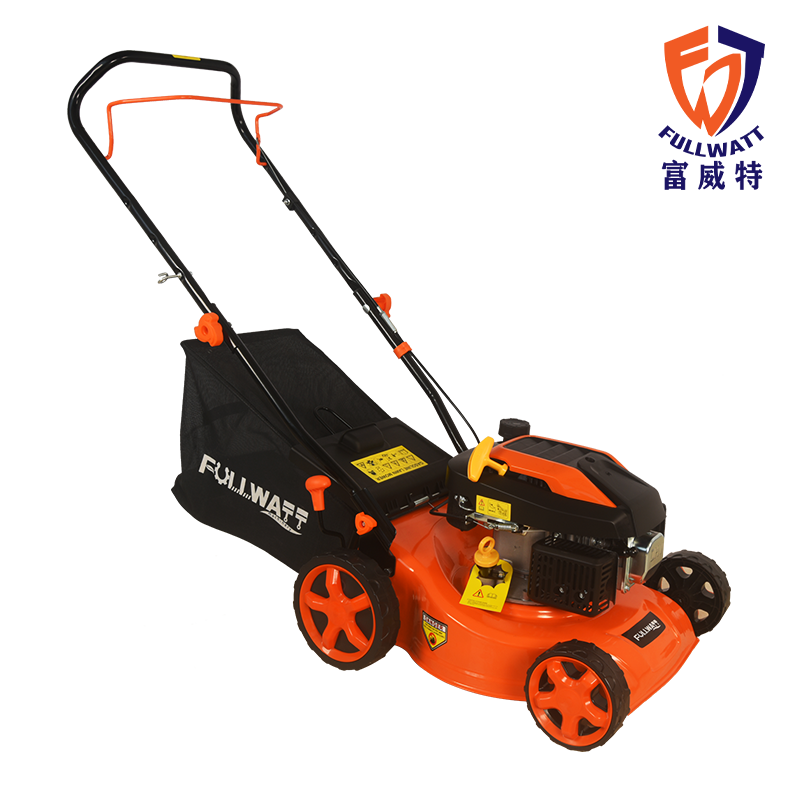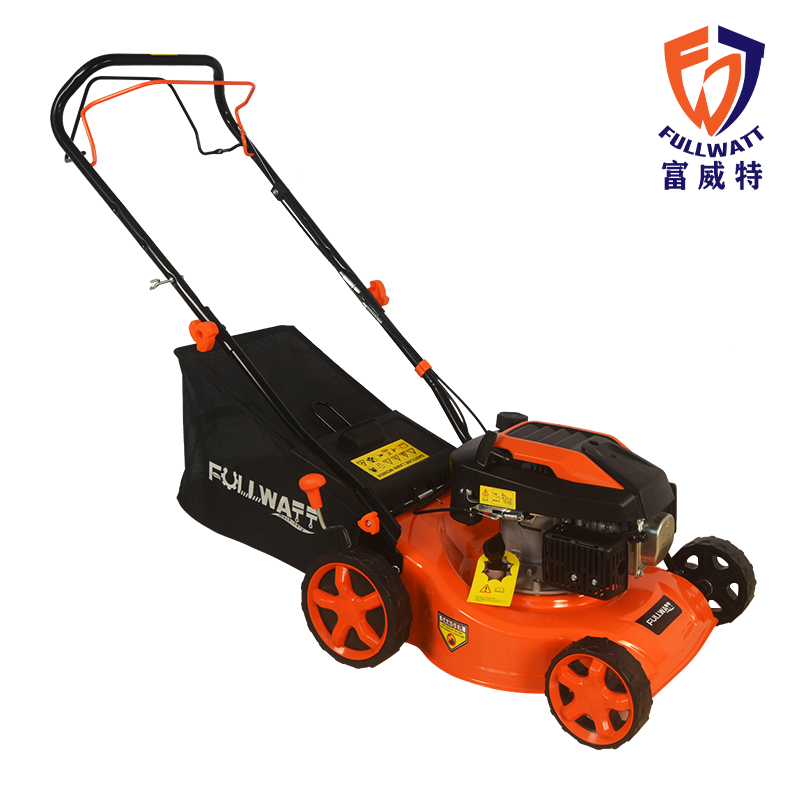Backyard enthusiasts know that having fertile soil is the essential component of a successful garden. If you're serious about your green thumb, chances are you depend on an OEM petrol engine tiller to cultivate that soil each year. Just like other outdoor power equipment, a tiller needs to be properly maintained for it to perform as expected. If your gas tiller has been stored away in a shed for several months, you may find that it runs rough or it may not start at all.
If you’re confident that you’ve got the gas/oil mixed correctly, but the tiller engine still won’t start? Here are the six most likely reasons why:
1. Defective spark plug – Due to carbon build-up or a weakened electrode, a spark plug will degrade over time and be unable to ignite the compressed fuel and air inside the engine's combustion chamber to start or run the tiller engine. You can use an ignition tester to help determine the strength of the spark plug, but it's probably easier to simply replace it with a new one, something we recommend doing annually.
2. Restricted carburetor – Old or bad fuel can leave a gummy residue inside the carburetor creating a restriction. This will prevent the proper ratio of fuel and air from entering the cylinder which can cause the engine to have trouble starting. You should always make sure you keep fresh fuel in the tank and use a fuel stabilizer to help preserve its quality. As noted earlier, you can use a premixed fuel and oil product for better stability. You can try cleaning the carburetor ports with a dedicated carburetor cleaner, or WD -40, to clear out the restriction, but if the clog is particularly bad, you may need to purchase a new carburetor.
3. Malfunctioning ignition coil – Since the ignition coil is designed to send voltage to the spark plug while the engine is running, the spark plug will not be able to ignite the fuel to keep the engine running if the ignition coil is malfunctioning. As with the spark plug, you can use an ignition tester to help determine if the coil has failed and requires replacement.
4. Broken flywheel key – The flywheel key is a small metal piece that fits into a slot in the crankshaft and engages with the flywheel. It is designed to break if something obstructs the flywheel to prevent damage to the engine. Over time, the key may become worn and break on its own. In either case, the key will need to be replaced with a new one for the crankshaft to rotate the flywheel to start and run the engine.
5. Malfunctioning recoil starter – The recoil starter may be malfunctioning and unable to engage with the engine crankshaft. While you can often replace individual components within the recoil assembly, such as the recoil pulley, rewind spring, or starter rope, you can save yourself some time if you just replace the entire assembly.
6. Faulty on/off switch – Many tiller models will have an on/off switch that will need to be set to the “on” position before the engine can be started. If the switch is faulty, it may prevent the engine from starting. To help determine if the switch is defective, you can use a multimeter to test the switch for electrical continuity – a continuous electrical path present in the part. If the switch tests negative for continuity, you'll know the switch is bad and will need to be replaced.
Keep your tiller in prime condition with parts from a self-propelled lawn mowers factory, click here to learn more.

 English
English 简体中文
简体中文 Deutsche
Deutsche


